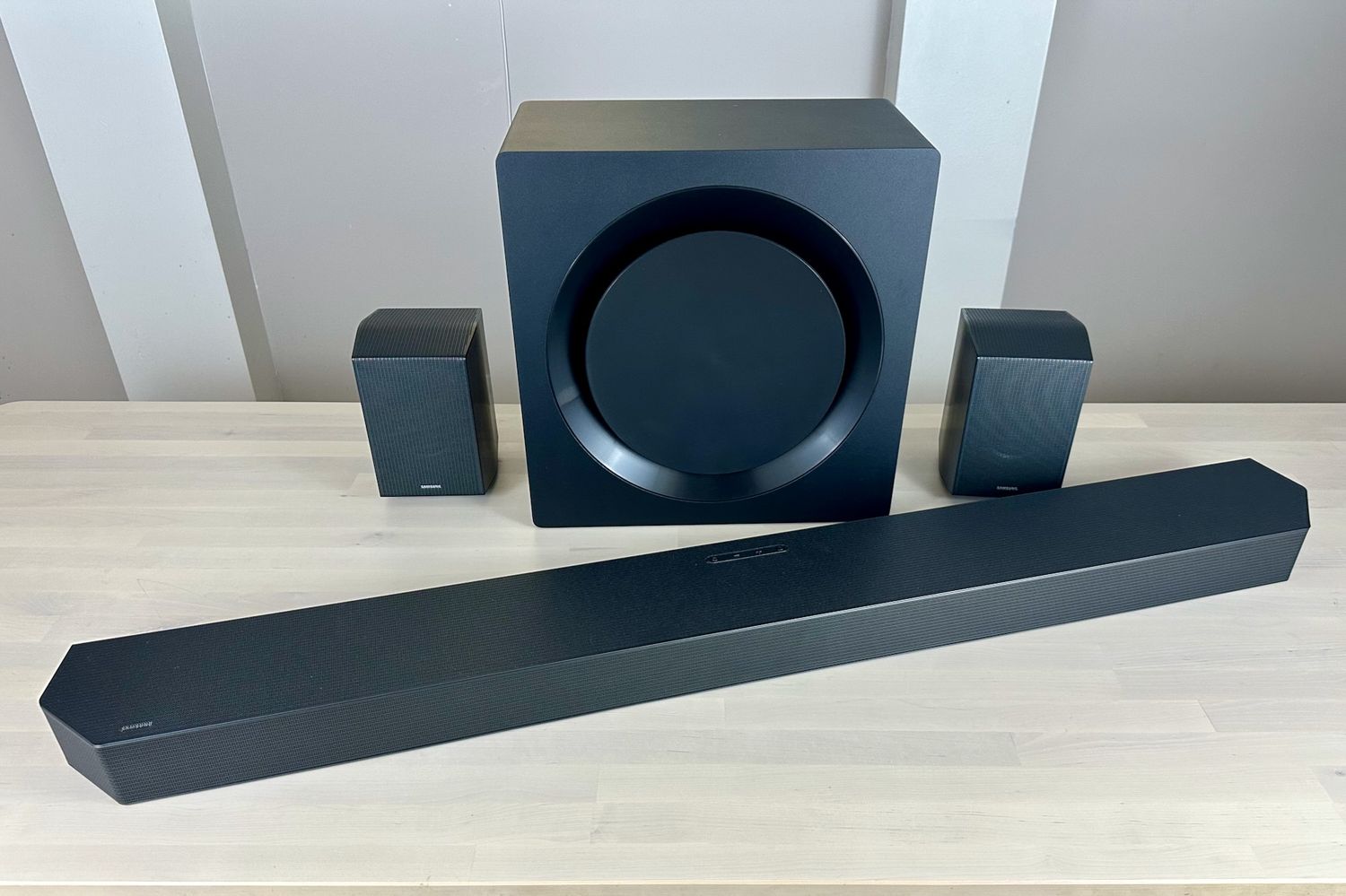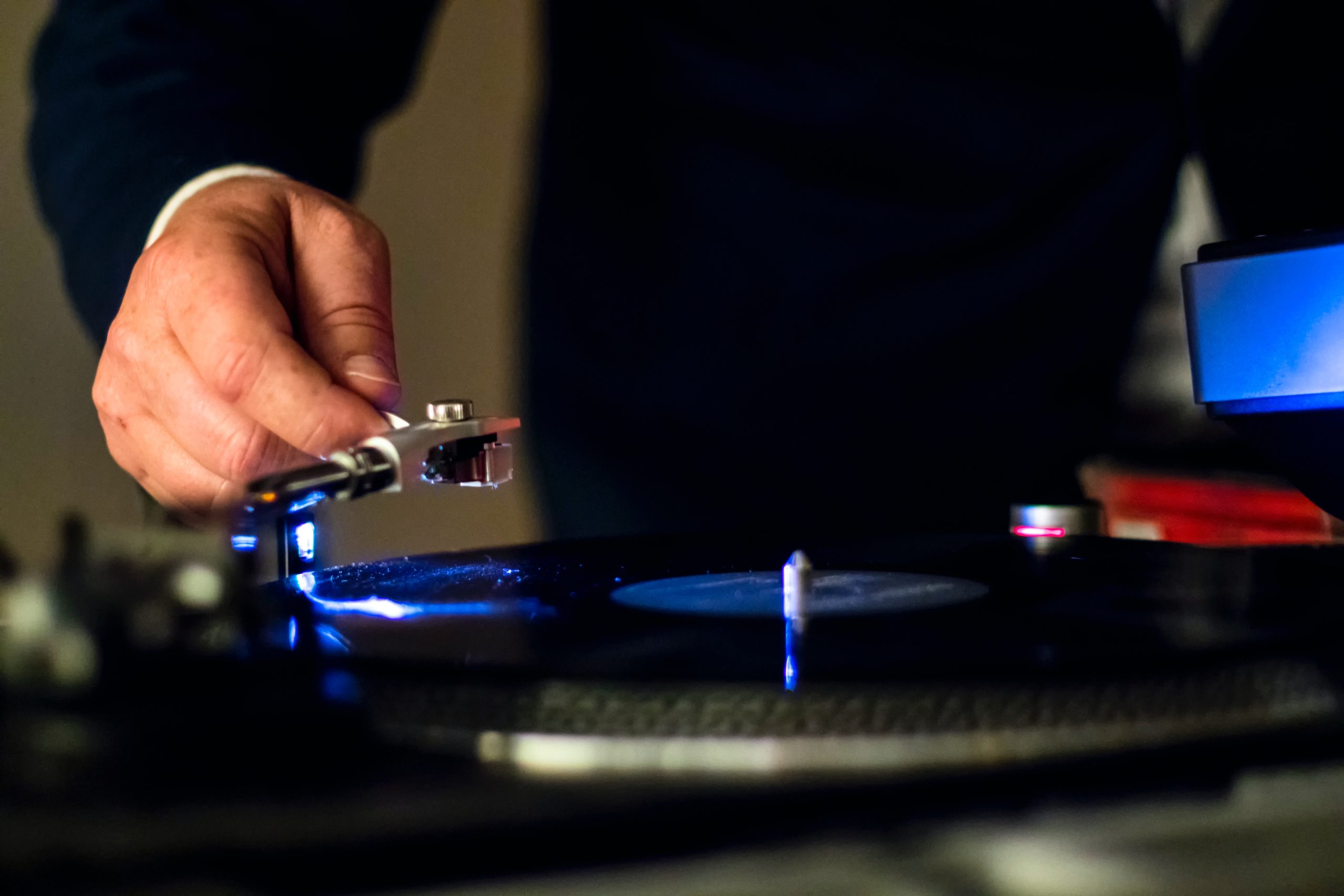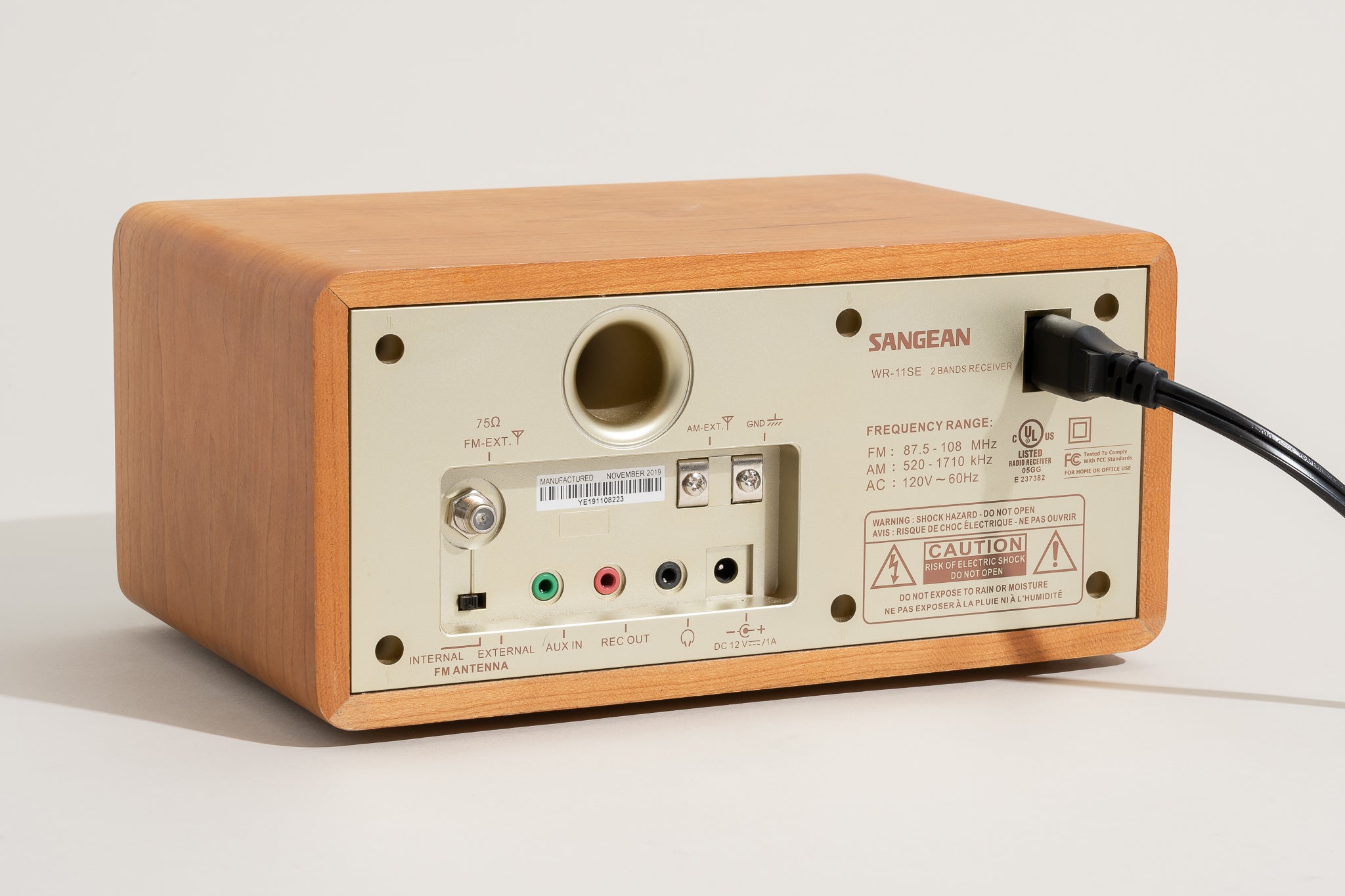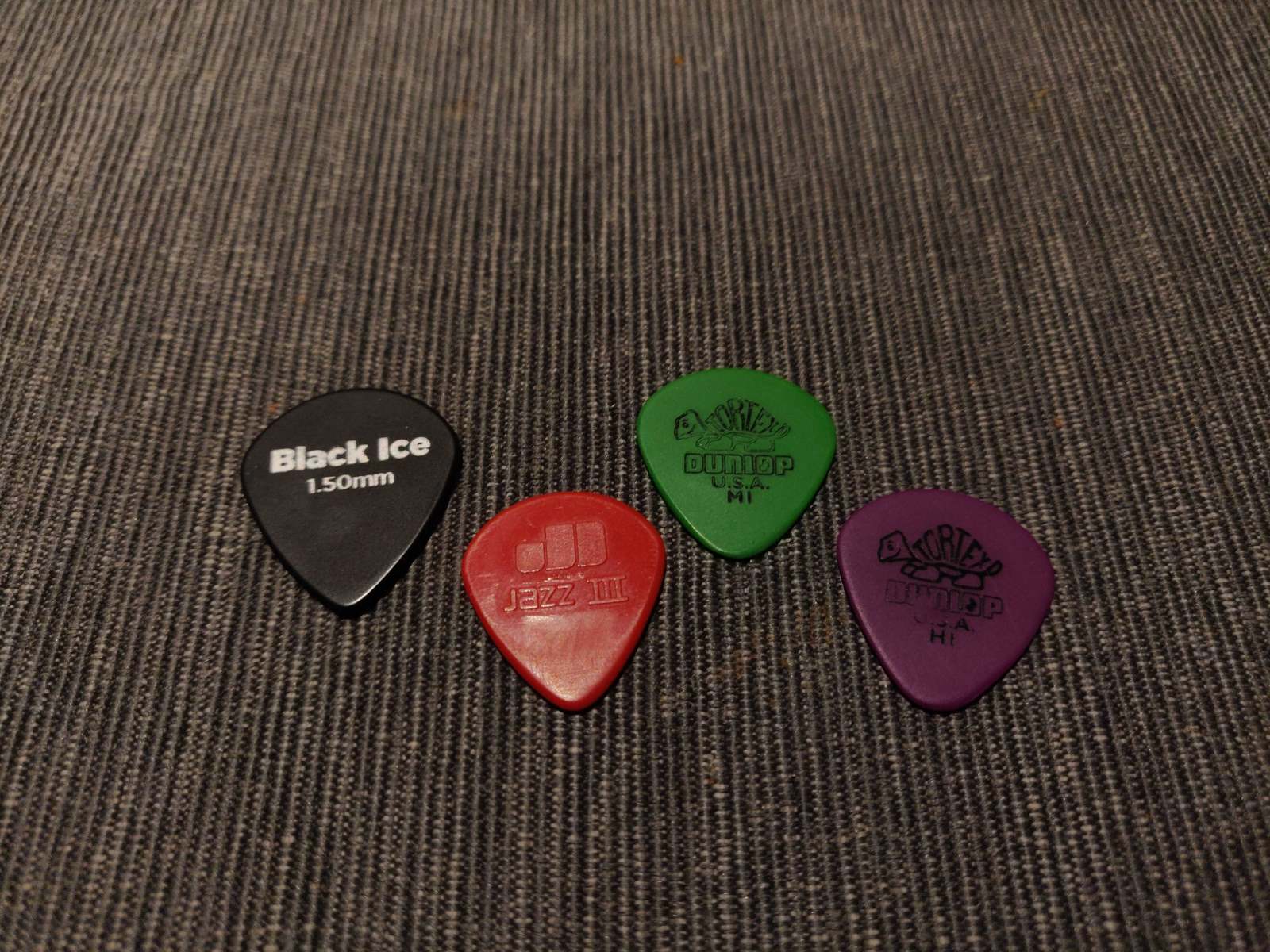Home>Devices & Equipment>Turntable>Why Is My Turntable Volume So Low
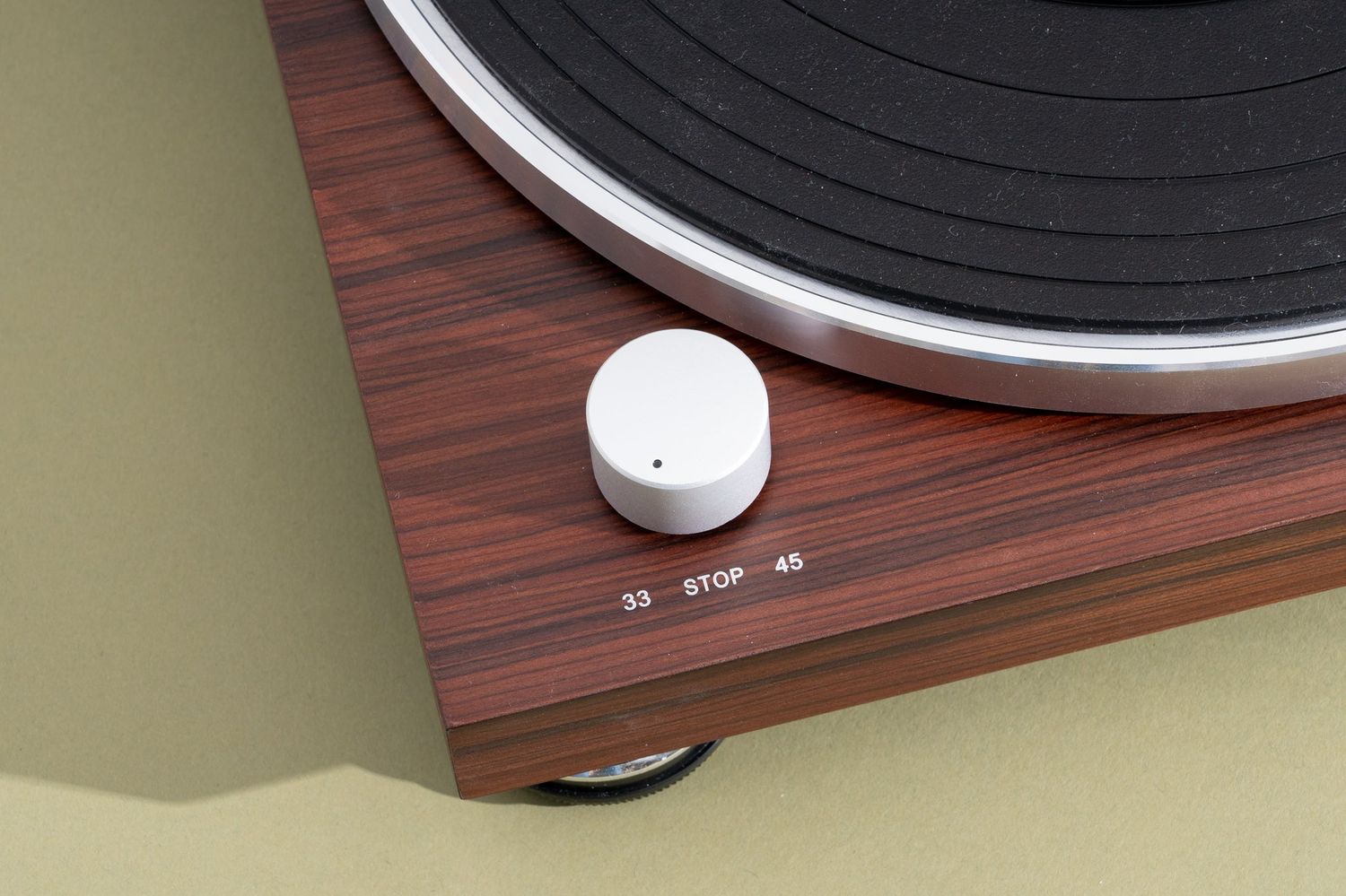

Turntable
Why Is My Turntable Volume So Low
Modified: March 10, 2024
Discover why your turntable volume is so low and learn how to fix it with our comprehensive guide. Maximize your audio experience with these easy troubleshooting tips.
(Many of the links in this article redirect to a specific reviewed product. Your purchase of these products through affiliate links helps to generate commission for AudioLover.com, at no extra cost. Learn more)
Table of Contents
Introduction
Having a low volume on your turntable can be frustrating, especially when you’re looking to enjoy your favorite vinyl records. There are several possible causes for this issue, ranging from simple fixes to more complex troubleshooting. In this article, we will explore some of the common reasons why your turntable volume may be low and provide solutions to help you resolve the problem.
A turntable is a delicate piece of equipment that requires proper maintenance and setup for optimal performance. It consists of various components, such as a cartridge, needle/stylus, phono preamp, amplifiers, and speakers, all working together to produce sound from your vinyl records.
When the volume is too low, it can diminish the overall listening experience and make it difficult to fully enjoy your vinyl collection. However, it’s important to note that low volume is not always an indication of a faulty turntable. It could be a result of various factors, including misalignment, wear and tear, incorrect settings, or issues with other audio components.
In the following sections, we will delve into the potential causes of low turntable volume and explore troubleshooting steps to help you resolve the issue. But before we do that, it’s essential to ensure that all connections are properly made and that your equipment is set up correctly. Double-check that your turntable is connected to the correct inputs on your amplifier or receiver, and also ensure that the volume controls on the equipment are adjusted accordingly.
With that said, let’s now explore the possible causes of low turntable volume and uncover the solutions to bring your vinyl listening experience back to life.
Possible Causes of Low Turntable Volume
There are several potential causes for low volume on a turntable. Identifying the root cause is crucial in order to implement the appropriate solution. Here are some common factors that can contribute to low turntable volume:
- Misaligned Cartridge: The cartridge is the component that holds the needle/stylus. If it is not aligned properly, it can affect the tracking and lead to low volume. Ensuring that the cartridge is aligned correctly is essential for optimal sound reproduction.
- Dirty or Worn Needle/Stylus: Over time, the needle/stylus can accumulate dust and debris, affecting its ability to accurately read the grooves of the record. A worn or damaged needle/stylus can also result in a decrease in volume. Regular cleaning and proper maintenance of the needle/stylus are essential for optimal performance.
- Incorrect Phono Preamp Settings: A turntable requires a phono preamp to boost the signal and equalize the frequencies before it is sent to the amplifier or receiver. If the phono preamp settings are not properly adjusted, it can result in low volume. Make sure that the preamp settings match the specifications of your turntable.
- Faulty RCA Cables: The RCA cables connect the turntable to the amplifier or receiver. If these cables are damaged or faulty, they can lead to a decrease in volume. Inspect the RCA cables for any signs of wear and tear and replace them if necessary.
- Issues with the Amplifier or Receiver: The amplifier or receiver is responsible for amplifying the signal from the turntable and sending it to the speakers. If there are any issues with these components, such as incorrect settings, faulty connections, or malfunctioning parts, it can result in low turntable volume. Check the amplifier or receiver settings and connections to ensure they are functioning properly.
- Improper Speaker Setup: The placement and setup of your speakers can also affect the volume of your turntable. If the speakers are not positioned correctly or if there are any obstructions, it can lead to a decrease in volume. Make sure that the speakers are positioned at an optimal distance from the listening area and that they are free from any obstructions.
- Vinyl Record Issues: Sometimes, low volume can be attributed to the condition of the vinyl record itself. Scratches, dirt, or other imperfections on the record can affect the playback quality and result in low volume. Ensure that your records are clean and in good condition to avoid any playback issues.
Identifying the specific cause of low turntable volume will help you determine the appropriate troubleshooting steps. In the next section, we will delve into the solutions for resolving low turntable volume, allowing you to get back to enjoying your vinyl records at their full potential.
Misaligned Cartridge
A misaligned cartridge is a common cause of low volume on a turntable. The cartridge holds the needle/stylus, which is responsible for reading the grooves on the vinyl record. If the cartridge is not aligned correctly, it can affect the tracking and lead to decreased volume.
To check if your cartridge is misaligned, you can use a cartridge alignment tool or protractor. These tools help ensure that the cartridge is aligned properly with the record grooves, allowing for optimal playback and volume. Refer to your turntable’s manual or consult online resources for specific instructions on how to align the cartridge.
If you notice that your cartridge is misaligned, it’s important to make the necessary adjustments. Small misalignments can have a significant impact on the sound quality and volume, so taking the time to align the cartridge properly is crucial.
Keep in mind that cartridge alignment can be a delicate process, so it’s important to handle the turntable and cartridge with care. Make sure to follow the instructions provided by the manufacturer and take your time to ensure a precise alignment.
Once you have aligned the cartridge, carefully test the volume by playing a record. If the volume issues persist, move on to the next potential cause, as there may be additional factors affecting the volume on your turntable.
Remember to regularly check the alignment of your cartridge, as it can shift over time. Repeat the alignment process periodically to maintain optimal sound quality and volume on your turntable.
By addressing the issue of a misaligned cartridge, you can improve the tracking and overall performance of your turntable, resulting in a better volume output.
Dirty or Worn Needle/Stylus
Another common cause of low volume on a turntable is a dirty or worn needle/stylus. The needle, also known as the stylus, is responsible for reading the grooves on the vinyl record and translating it into sound.
Over time, the needle can accumulate dust, particles, and debris from the records, leading to a decrease in volume and affecting the overall sound quality. Additionally, the needle can wear out with use, resulting in a diminished audio output.
To address this issue, it’s crucial to regularly clean and maintain the needle/stylus. You can use a stylus brush or a specially designed cleaning solution to gently remove any dirt or debris from the needle. Be sure to follow the instructions provided by the manufacturer to avoid damaging the needle.
If cleaning the needle doesn’t improve the volume, it may be an indication that the needle is worn and needs to be replaced. Needles typically have a lifespan of several hundred hours of playing time, but this can vary depending on the quality of the needle and the amount of use.
To determine if the needle needs replacing, inspect it closely with a magnifying glass. Look for any signs of wear, such as a bent or chipped tip, or if the diamond tip appears flat or dull. If you notice any damage or deterioration, it’s time to replace the needle with a new one.
When replacing the needle, make sure to select the appropriate replacement model that is compatible with your turntable and cartridge. Consult the turntable’s manual or reach out to the manufacturer for guidance on finding the right needle/stylus replacement.
By regularly cleaning and maintaining the needle/stylus, as well as replacing it when necessary, you can restore the volume and improve the overall sound quality of your turntable.
Incorrect Phono Preamp Settings
The phono preamp is an integral component of a turntable setup. Its main function is to boost the signal from the turntable and equalize the frequencies before sending them to the amplifier or receiver. If the phono preamp settings are incorrect, it can lead to low volume output.
First, ensure that your turntable is connected to the appropriate input on the phono preamp. Most preamps have specific inputs labeled “Phono” or “Turntable” for this purpose. Double-check the connections to ensure they are secure and properly inserted.
Next, review the settings on your phono preamp. Some preamps have adjustable gain or input level controls that allow you to fine-tune the signal. These controls may be in the form of switches, dials, or buttons. Refer to the preamp’s manual for guidance on adjusting these settings.
If you’re unsure about the optimal settings for your specific turntable and preamp combination, consult the user manuals or reach out to the manufacturer for recommended settings. They can provide guidance based on the specifications of your equipment.
It’s worth noting that some turntables have a built-in phono preamp, eliminating the need for an external one. In such cases, ensure that the turntable’s internal phono preamp is enabled or switched to the appropriate setting.
While adjusting the phono preamp settings, it’s essential to make incremental changes and test the volume output after each adjustment. This way, you can find the optimal setting that provides the best volume and sound quality for your turntable.
By correctly adjusting the phono preamp settings, you can ensure that the turntable’s signal is properly amplified and equalized, resulting in a balanced volume output and an enhanced listening experience.
Faulty RCA Cables
The RCA cables play a crucial role in connecting your turntable to the amplifier or receiver. If these cables are damaged or faulty, they can significantly impact the volume output of your turntable.
Start by inspecting the RCA cables for any visible signs of damage, such as frayed wires, loose connections, or bent connectors. If you notice any issues, it’s important to replace the faulty cables to restore optimal performance.
When selecting new RCA cables, choose ones that are of good quality and properly shielded to prevent interference and signal loss. Look for cables with gold-plated connectors to ensure a reliable connection and minimize signal degradation.
When connecting the RCA cables, ensure that they are securely plugged into the corresponding input/output jacks on both the turntable and the amplifier or receiver. Make sure the connections are tight and that there are no loose or wobbly connections.
In addition to visual inspection, you can also try swapping the RCA cables with known working ones to determine if the issue lies with the cables. If the volume improves after swapping the cables, it’s a clear indication that the original cables were faulty.
If your turntable has a separate grounding wire, make sure it is properly connected to the designated grounding terminal on your amplifier or receiver. A poor or absent grounding connection can contribute to low volume and poor sound quality.
Regularly check your RCA cables for signs of wear and tear, especially if you frequently move or reposition your turntable setup. Over time, cables can become damaged or worn, leading to decreased volume and potential signal loss.
By ensuring that your RCA cables are in good condition and properly connected, you can eliminate potential issues and restore the volume output of your turntable.
Issues with the Amplifier or Receiver
The amplifier or receiver is responsible for amplifying the signal from the turntable and sending it to the speakers. If there are any issues with these components, it can result in low volume on your turntable.
Start by checking the settings on your amplifier or receiver. Ensure that the volume controls are properly adjusted and set to an appropriate level. It’s also worth checking if there are any dedicated volume controls specifically for the phono input. Make sure they are not set too low, causing a decrease in volume.
Additionally, check if there are any tone controls such as bass or treble adjustments on the amplifier or receiver. Incorrectly adjusted tone controls can affect the overall volume balance, resulting in a perceived decrease in volume. Make sure these controls are properly set for optimal sound reproduction.
Inspect the connections between the turntable and the amplifier or receiver. Ensure that the cables are securely plugged into the correct input/output jacks. Sometimes, loose connections can lead to a decrease in volume or intermittent sound. Reconnect the cables if necessary, making sure they are tight and secure.
Verify that the amplifier or receiver is functioning properly by testing other audio sources such as a CD player or digital music player. If these sources produce normal volume levels, it suggests that the issue lies specifically with the turntable setup rather than the amplifier or receiver.
If you suspect a problem with the amplifier or receiver, it may be beneficial to consult the user manual or contact the manufacturer’s support for troubleshooting guidance. They can provide specific instructions or recommend further actions to address any potential issues.
In some cases, it may be necessary to have the amplifier or receiver inspected or serviced by a qualified technician if the volume issues persist after troubleshooting steps have been taken. They can diagnose any hardware or circuitry issues that may be affecting the volume output of your turntable.
By ensuring that your amplifier or receiver is functioning properly and the settings are appropriately adjusted, you can eliminate potential issues that may be causing low volume on your turntable.
Improper Speaker Setup
The placement and setup of your speakers can have a significant impact on the volume and overall sound quality of your turntable. If the speakers are improperly positioned or set up, it can result in low volume output.
Start by checking the placement of your speakers. Ideally, they should be positioned at an equal distance from your listening area, forming an equilateral triangle. This setup allows for better sound dispersion and imaging.
Make sure that the speakers are placed on stable surfaces and not obstructed by any objects or furniture. Objects in close proximity to the speakers can interfere with the sound waves, leading to a decrease in volume or muffled sound.
Consider the height at which your speakers are positioned. They should typically be at ear level when you are seated in your listening area. If the speakers are placed too high or too low, it can impact the clarity and volume of the sound.
Take note of the speaker wiring as well. Ensure that the speaker wires are properly connected to both the amplifier or receiver and the speakers themselves. Loose or incorrectly connected wires can result in a decrease in volume or distorted sound.
If your speakers have adjustable settings, such as bass or treble controls, make sure they are properly set. Incorrectly adjusted settings can affect the balance and volume output of your turntable. Experiment with different settings to find the optimal configuration for your listening preferences.
It’s also worth mentioning that the size and type of speakers can impact the volume. Larger speakers generally have the potential for greater volume output compared to smaller ones. Similarly, different types of speakers, such as floor-standing or bookshelf speakers, may have varying volume capabilities.
If you suspect that improper speaker setup is causing low volume, try repositioning and adjusting the speakers according to the guidelines mentioned above. Test the volume after each adjustment to determine the impact on the sound output.
By ensuring proper placement, positioning, and setup of your speakers, you can optimize the volume output of your turntable and achieve a more immersive and enjoyable listening experience.
Vinyl Record Issues
While most of the causes of low volume on a turntable are related to the equipment itself, it’s important to consider the condition of the vinyl records you are playing. Issues with the records themselves can contribute to low volume and affect the overall sound quality.
One common issue is the presence of dirt, dust, or debris on the vinyl record’s surface. These particles can accumulate over time and get lodged in the grooves, resulting in a decrease in volume and potentially causing skipping or distortion. Cleaning your records regularly with a carbon fiber brush or a record cleaning solution can help remove these contaminants and restore optimal performance.
Scratches or other damage on the vinyl record can also impact the volume output. Deep scratches can cause the needle to skip or jump, resulting in a decrease in volume during playback. It’s important to handle your records with care, store them properly in protective sleeves, and avoid sliding them across surfaces to minimize the risk of scratches.
In some cases, warped records can also cause volume issues. Warping can occur due to improper storage or exposure to heat. When a record is warped, the needle may not make proper contact with the grooves, leading to a decrease in volume or even skipping. To prevent warping, store your records in a cool and dry environment, and avoid exposing them to direct sunlight or extreme temperature changes.
Another factor to consider is the quality of the pressing. Some vinyl records may have inconsistent or inferior pressings, which can impact the overall volume and sound quality. While this is out of your control as a listener, it’s worth noting that certain pressings may have inherent issues that affect the volume output.
If you notice persistent low volume or other audio issues with a particular vinyl record, it’s advisable to try playing other records to see if the issue persists. This can help determine whether the problem lies with the specific record or if it is a more general issue with your turntable setup.
By ensuring that your vinyl records are clean, well-maintained, and in good condition, you can minimize issues that cause low volume and enjoy a more immersive listening experience.
Troubleshooting and Solutions for Low Turntable Volume
If you’re experiencing low volume on your turntable, here are some troubleshooting steps and solutions to help resolve the issue:
- Check Connections: Ensure that all connections between the turntable, amplifier or receiver, and speakers are secure and properly plugged in. Loose or faulty connections can lead to a decrease in volume.
- Verify Cartridge Alignment: Check the alignment of the cartridge using a cartridge alignment tool or protractor. Proper alignment is crucial for optimal tracking and volume output.
- Clean or Replace Needle/Stylus: Clean the needle/stylus regularly to remove dirt and debris. If the needle is worn or damaged, consider replacing it with a new one to restore optimal volume and sound quality.
- Adjust Phono Preamp Settings: Ensure that the phono preamp settings are correctly adjusted for your turntable. Consult the preamp’s manual or manufacturer for recommended settings.
- Inspect RCA Cables: Check the RCA cables for any damage or wear. Replace faulty cables to ensure proper signal transmission and volume output.
- Review Amplifier or Receiver Settings: Double-check the settings on your amplifier or receiver, including volume controls, tone controls, and phono input settings. Adjust as necessary for optimal volume and sound balance.
- Reposition and Adjust Speakers: Properly position and adjust your speakers for optimal sound dispersion and volume. Make sure the speakers are at ear level and not obstructed by objects.
- Check Vinyl Record Condition: Clean your vinyl records regularly and handle them with care to prevent dust, scratches, and warping. Damaged or warped records can affect volume and sound quality.
If none of these troubleshooting steps resolve the low volume issue, it may be worth consulting a professional technician or contacting the manufacturer for further assistance. They can provide specialized guidance and support to address any underlying issues with your turntable setup.
Remember that the key to resolving low turntable volume lies in thorough troubleshooting, proper maintenance, and attention to detail. By addressing potential issues and implementing the appropriate solutions, you can restore optimal volume and enjoy your vinyl records to the fullest.
Conclusion
Experiencing low volume on your turntable can be frustrating, but with the right troubleshooting steps and solutions, you can restore optimal volume and enjoy your vinyl records at their full potential.
In this article, we explored several possible causes of low turntable volume, including misaligned cartridges, dirty or worn needle/stylus, incorrect phono preamp settings, faulty RCA cables, issues with the amplifier or receiver, improper speaker setup, and vinyl record issues.
We discussed various solutions to address each potential cause, such as aligning the cartridge correctly, cleaning or replacing the needle/stylus, adjusting phono preamp settings, inspecting and replacing faulty RCA cables, reviewing amplifier or receiver settings, optimizing speaker setup, and maintaining clean and undamaged vinyl records.
It’s important to remember that troubleshooting low turntable volume requires attention to detail and a systematic approach. By carefully examining each potential cause and implementing the appropriate solutions, you can identify and resolve the issue effectively.
If you have followed the troubleshooting steps outlined in this article and are still experiencing low volume, it may be helpful to consult a professional technician or contact the manufacturer of your turntable or audio equipment for further assistance. They can provide specialized guidance tailored to your specific setup.
Remember, maintaining the proper setup and regular maintenance of your turntable and vinyl records is key to ensuring optimal volume and sound quality. By taking care of your equipment and following recommended maintenance practices, you can continue to enjoy the rich and immersive experience that vinyl records offer.
So, don’t let low volume discourage you. Use this guide as a resource to troubleshoot and address any volume issues you may encounter, and get ready to immerse yourself in the beautiful world of vinyl music playback once again.

